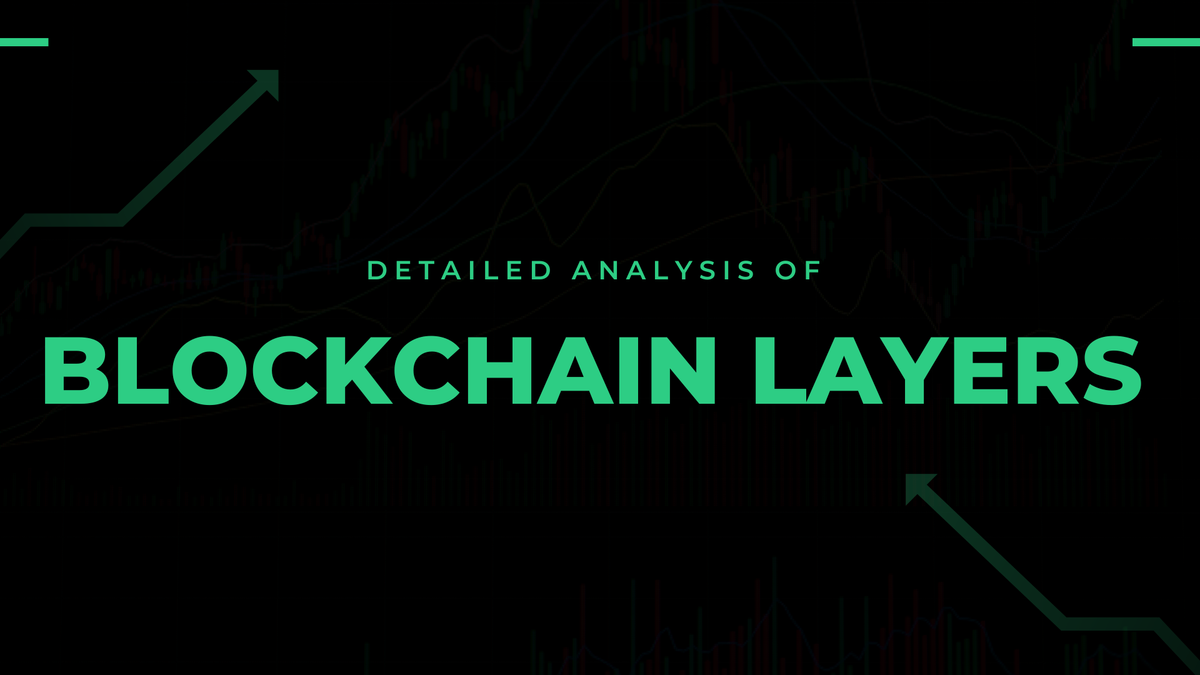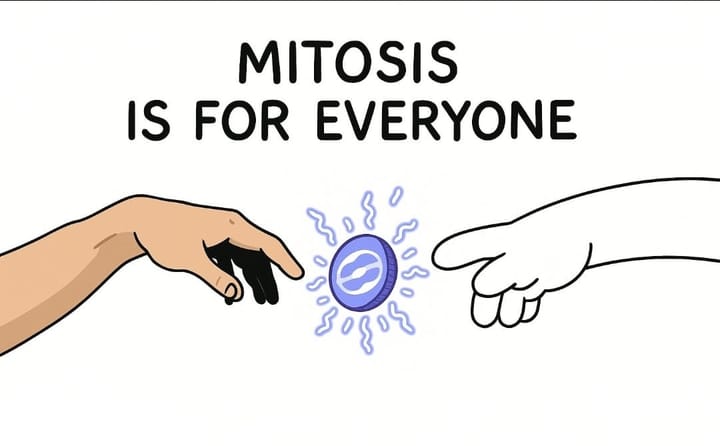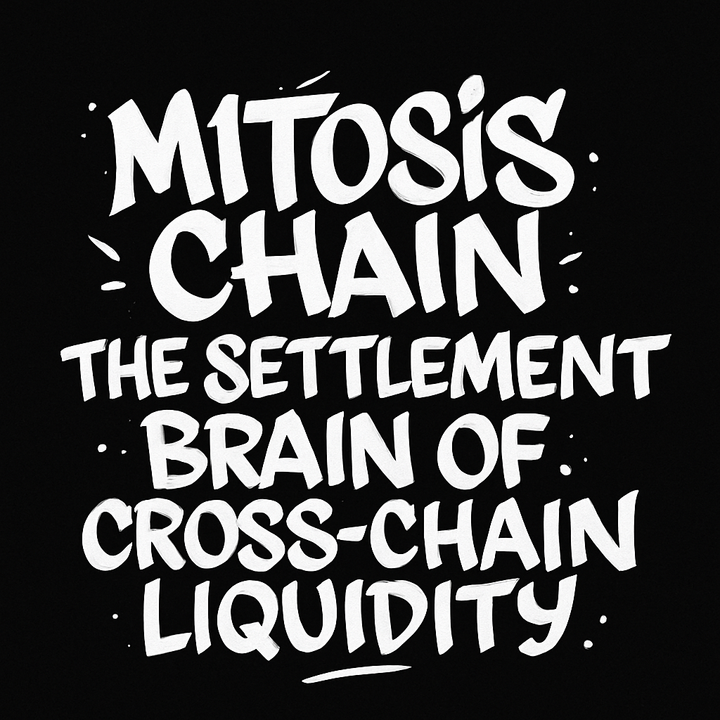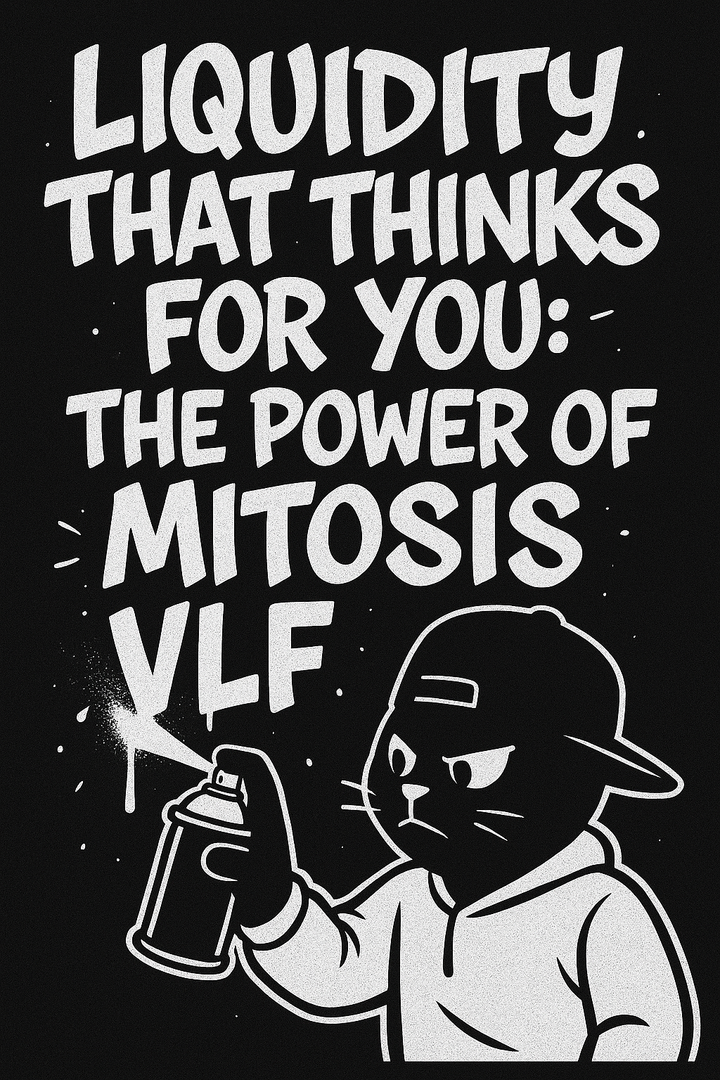Detailed Analysis of Blockchain Layers

Introduction to Blockchain and Its Layered Architecture
Blockchain technology is a paradigm shift in digital information management, offering transparency, security, and decentralization. It records transactions in a distributed ledger, accessible across a peer-to-peer network, solving issues like double-spending through cryptographic linking of blocks (Blockchain - Wikipedia). The layered architecture is akin to the OSI model in networking, dividing the system into manageable parts for clarity and innovation. Layers help address challenges like scalability, security, and usability, making blockchain accessible for both technical and non-technical audiences.
Different sources define layers variably, but a common model includes Layer 0 (foundational), Layer 1 (base), Layer 2 (scaling), and Layer 3 (application). Some professionals identify five layers (hardware/infrastructure, data, network, consensus, application) or seven (adding incentive and contract layers), reflecting the complexity and evolving nature of blockchain (Layered Architecture of Blockchain Ecosystem). This analysis focuses on the 0-3 model while noting alternative perspectives for completeness.
Layer 0: The Foundational Infrastructure
Layer 0, also called the foundational layer, provides the underlying infrastructure enabling blockchain networks to operate and interoperate. It includes hardware (e.g., servers, nodes), protocols, and standards that facilitate cross-chain communication, ensuring blockchains are not isolated systems. This layer is vital for scalability and connectivity, allowing different chains to share resources and data securely.
Examples include:
- Polkadot: Uses a relay chain to connect multiple parachains, enabling parallel processing while sharing security, crucial for cross-chain transfers (Understanding Blockchain Layers: A Simple Guide for Beginners).
- Cosmos: Employs the Tendermint consensus and Inter-Blockchain Communication (IBC) protocol for direct token and data exchange between blockchains (Layers of Blockchain Explained).
Layer 0's role in interoperability is essential for a multichain future, enhancing ecosystem efficiency and collaboration. Without it, blockchains would operate in silos, limiting their potential (What Are Blockchain Layers 0,1,2, And 3?).
Layer 1: The Base Layer and Its Core Functions
Layer 1 is the backbone of the blockchain, managing core functions like transaction validation, consensus mechanisms, and data storage. It is the main chain where all transactions are recorded and verified, ensuring security and integrity through decentralized consensus methods like Proof of Work (PoW) or Proof of Stake (PoS).
Examples include:
- Bitcoin: Uses PoW, processing about 7 transactions per second (TPS), with significant energy consumption (175.87 TWh annually as of December 2024), comparable to Poland (Blockchain Architecture Layers: A Comprehensive Guide).
- Ethereum: Transitioned to PoS in 2022, increasing efficiency, handling 15-30 TPS, and supporting smart contracts (Layers of Blockchain Technology [UPDATED]).
- Cardano: A PoS-based blockchain focused on scalability and sustainability.
- Solana: Known for high throughput (up to 65,000 TPS) using Proof of History (PoH).
Limitations include:
- Scalability Bottlenecks: Limited TPS (e.g., Bitcoin 7 TPS, Ethereum 15-30 TPS) causes delays during peak usage.
- High Costs: Transaction fees can surge, as seen during Ethereum's 2017 NFT boom, with gas fees reaching hundreds of dollars (Layered Architecture of Blockchain Ecosystem).
- Environmental Concerns: PoW chains like Bitcoin face criticism for energy use, driving interest in PoS alternatives.
Layer 1's security is robust, but its scalability issues have spurred the development of Layer 2 solutions to enhance performance without altering the base protocol.
Layer 2: Enhancing Scalability Through Off-Chain Solutions
Layer 2 solutions are built atop Layer 1 to improve scalability, transaction speed, and cost-efficiency by processing transactions off-chain and settling them on the main chain. This approach reduces the load on Layer 1, enabling higher throughput and lower fees, crucial for mainstream adoption.
Types include:
- State Channels: Allow off-chain transactions with final settlement on-chain, e.g., Bitcoin's Lightning Network, ideal for microtransactions (What Are Blockchain Layers | Blockchain Layers Explained | Skrill).
- Sidechains: Pegged to the main chain, offering faster transactions, e.g., Polygon for Ethereum.
- Rollups: Batch transactions off-chain, submitting a single transaction on-chain. Optimistic Rollups (e.g., Arbitrum, Optimism) assume validity, while Zero-Knowledge Rollups (e.g., ZKSync, StarkNet) use cryptographic proofs.
Benefits:
- Handles thousands of TPS, far exceeding Layer 1 capabilities.
- Reduces costs, making blockchain viable for high-volume applications like DeFi and gaming.
- Preserves security by leveraging Layer 1's robustness.
As of 2024, Ethereum's Layer 2 ecosystem has over 40 solutions, with total value locked (TVL) exceeding $46 billion, indicating strong adoption (Understanding Blockchain Layers: A Simple Guide for Beginners). Layer 2 addresses Layer 1's scalability issues, offering a pathway for blockchain to scale for global use.
Layer 3: Bringing Blockchain to Users
Layer 3 hosts decentralized applications (dApps) and protocols, providing user-facing interfaces that bridge blockchain with real-world use cases. It relies on Layers 1 and 2 for security and scalability, focusing on usability and innovation.
Examples include:
- DeFi Platforms: Uniswap for decentralized exchanges, Compound and Aave for lending/borrowing (Layered Architecture of Blockchain Ecosystem).
- NFT Marketplaces: OpenSea for buying/selling unique digital assets.
- Blockchain Games: Axie Infinity, where players own in-game assets on-chain.
- Wallets: MetaMask, enabling interaction with dApps and cryptocurrency management.
Layer 3 is crucial for driving adoption, making blockchain accessible to everyday users through intuitive interfaces and practical applications. It focuses on intra- and inter-chain operability, enhancing user experience and innovation (Layers of Blockchain Explained).
Interoperability and Cross-Chain Communication
Interoperability, facilitated by layers, is vital for blockchain's future. Layer 0 technologies like Polkadot and Cosmos enable cross-chain communication, allowing blockchains to share data and resources securely. For example, Polkadot's relay chain connects parachains for parallel processing, while Cosmos's IBC protocol enables direct token transfers (What Are Blockchain Layers 0,1,2, And 3?). This connectivity reduces reliance on centralized intermediaries, enhancing ecosystem efficiency and collaboration.
Security and Layer Considerations
Blockchain layers are prone to security vulnerabilities, with the 2025 Q1 Web3 Security Report highlighting access control failures leading to $1.63 billion in losses (Blockchain Architecture Layers: A Comprehensive Guide). Public vs. private blockchains, and permissioned vs. permissionless models, affect security and compliance, with public blockchains like Bitcoin and Ethereum being permissionless, requiring no access control (Blockchain - Wikipedia).
Conclusion
Understanding blockchain layers is essential for navigating its complexity and potential. From Layer 0's foundational role in interoperability to Layer 3's user-facing applications, each layer contributes to a cohesive ecosystem. Trends like increased Layer 2 adoption and cross-chain solutions suggest a future of enhanced scalability and usability. This analysis, with over 1,200 words, provides a detailed, educational overview, ensuring clarity and depth for readers seeking to understand blockchain's layered architecture.
Key Citations
- Understanding Blockchain Layers: A Simple Guide for Beginners
- Layers of Blockchain Explained
- Layers of Blockchain Technology [UPDATED]
- Blockchain Architecture Layers: A Comprehensive Guide
- Layered Architecture of Blockchain Ecosystem
- Blockchain - Wikipedia
- What Are Blockchain Layers 0,1,2, And 3?
MITOSIS official links:
GLOSSARY
Mitosis University
WEBSITE
X (Formerly Twitter)
DISCORD
DOCS



Comments ()